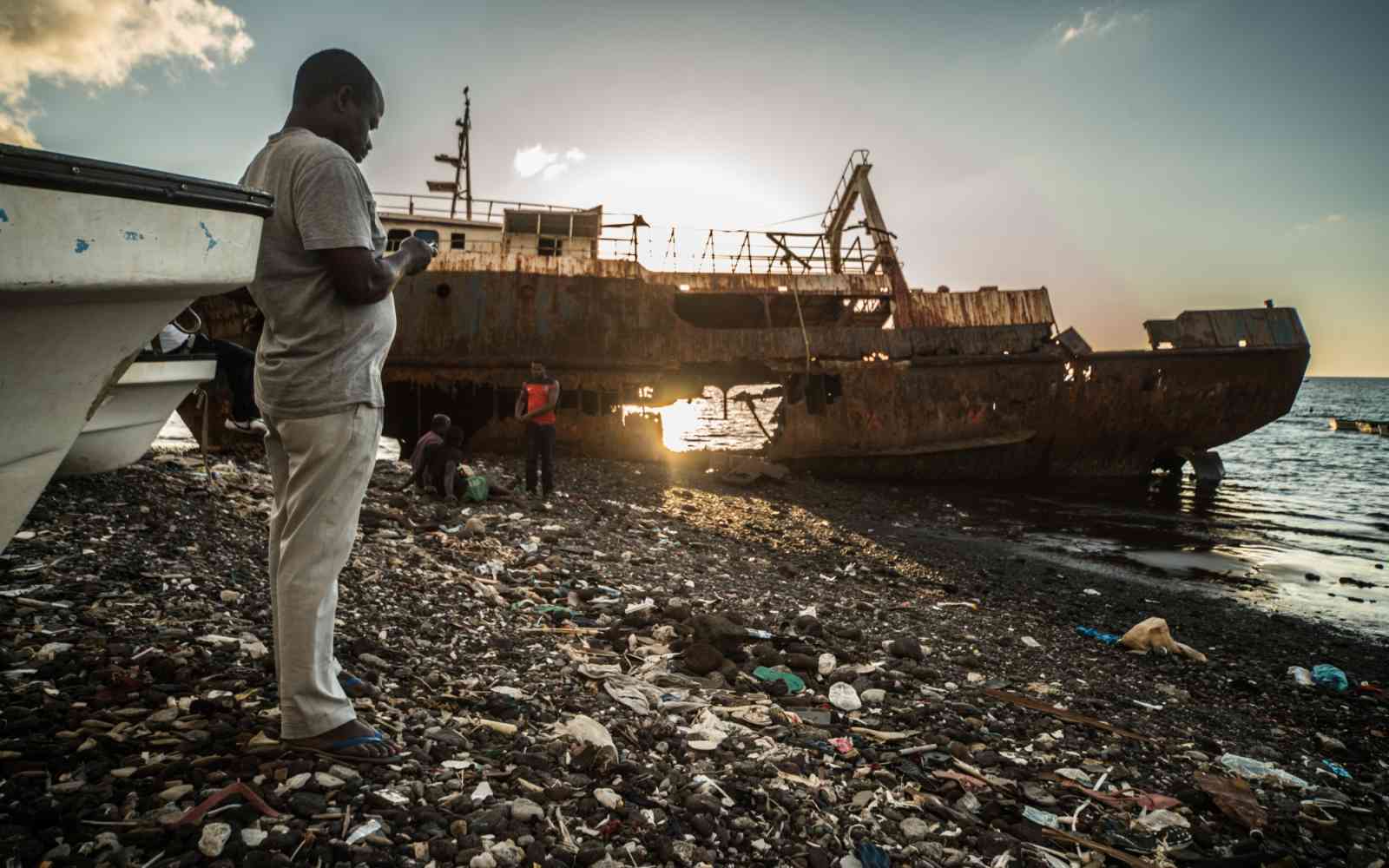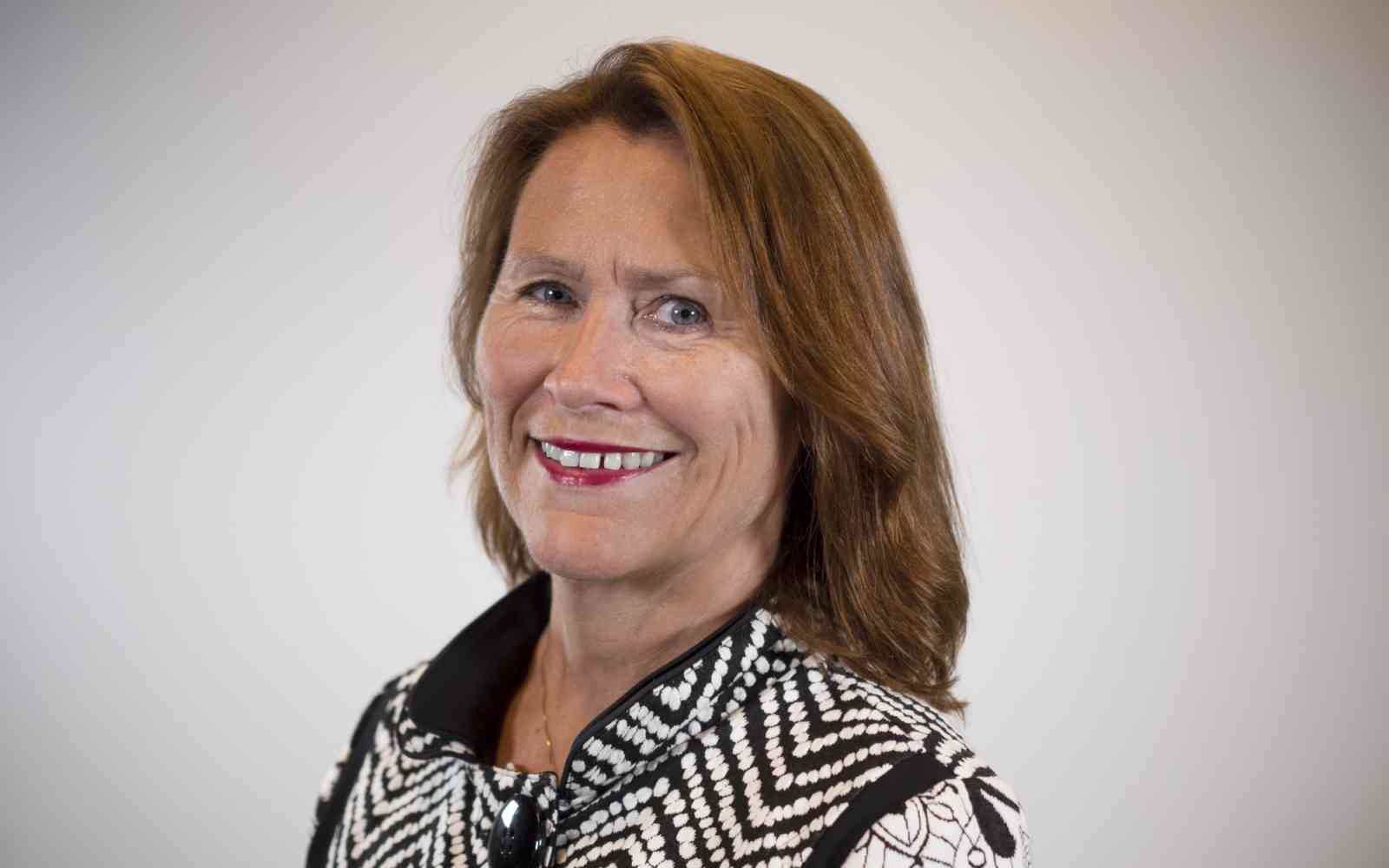The United Nations Office for Project Services (UNOPS)
L’intelligence artificielle peut contribuer à la réalisation des objectifs de développement durable
Speech by Grete Faremo, Under Secretary General and Executive Director of UNOPS at The Second Annual Digital Workforce Summit, New York, 7 June 2018
[Check against delivery]
Allow me to introduce myself.
My name is Grete Faremo and for the last 4 years, I have been Under-Secretary-General and Executive Director of UNOPS – a unique organization in the UN family.
Our mandate is to help people build better lives and countries achieve peace and development.
My background is politics, development and business. I’ve done development cooperation for more than 10 years. I am a Norwegian national and served as a Minister for ten years in the Norwegian Government, holding five different portfolios under three different Prime Ministers. I worked for five years in Microsoft as the Director of Law and Corporate Affairs for Northern/Western Europe. I also was also in finance at the Executive Vice President level for six years. Media and real estate completes the picture.
UNOPS is a service provider. We work with partners in both the public and private sector, such as other UN agencies, international financial institutions, national governments, foundations and private companies. We run pretty much like a private business, pro-bono, and are ready to build new partnerships with any private or public entity that see an opportunity to help build a more sustainable future for underserved people in countries outside the Organisation for Economic Co-operation and Development.
We are part of the UN that translates policy into action on the ground.
The scope of our work is vast.
- It includes building roads and schools in places like Afghanistan and South Sudan.
- It includes helping governments deliver healthcare to their populations, through national medical procurement in places like Honduras and Guatemala.
- It includes developing off-grid renewable energy projects covering nations, in places like Sierra Leone.
- And managing large-scale grants across Myanmar. The list goes on.
In total, this all adds up to around 1,000 projects a year in 80 plus countries.
Last year our turnover amounted to around $1.8 billion.
The demand for our services is growing at a significant pace.
To manage this – efficient processes are critical.
This is why we are looking closely at the opportunities and challenges that technologies like artificial intelligence – AI – and robotics present.
Frontier technologies
In the UN family, we talk about frontier technologies, using terms like ‘transformative,’ ‘paradigm shift’ and ‘the Fourth Industrial Revolution.’
These technologies have the potential to deliver real and meaningful changes, not only in the future of our work, but in the future of our societies.
And we are trying to see how these technologies can help deliver the Sustainable Development Goals - or SDGs.
For anyone unfamiliar with the SDGs, they represent a pledge by governments to work together towards a better world for future generations.
This is an ambitious agenda.
The 17 global goals have 169 targets that aim to create a world that is sustainable, environmentally secure, economically prosperous and inclusive.
And it is abundantly clear that reaching these goals requires the innovation, resources and talent that the private sector offers.
We need to work together to solve the world’s problems.
Funding our future
Fellow delegates, much of the UN’s work is funded by Member States through what we call ‘Official Development Assistance.’
These contributions are made to further support the development, humanitarian, peace and security objectives of the entire community of nations.
It goes to protecting and upholding peace around the world.
It helps to shelter and feed civilians in times of war and famine.
It provides maternal healthcare, vaccinations and gives children safe spaces to live and learn.
Official Development Assistance – ODA – is as relevant today as it has always been.
Yet at the same time, the world's challenges have never been so complex and interconnected.
Last year, more than 71 million young people were unemployed.
470 million new jobs may be needed by 2030.
Urbanization is speeding up, 50 percent of the world’s population now live in cities and more than 880 million are thought to be living in slums in developing countries. Estimates for investment needs in these countries are vast.
They range from $3.3 trillion to $4.5 trillion per year – mainly for basic infrastructure, food security, climate change, health and education challenges.
Yet the average annual shortfall for developing countries is $2.5 trillion.
It is clear. The SDGs will require a step change in how to deliver services to the citizens and the levels of both public and private investment in all countries. We know that traditional ways of financing development alone are insufficient.
Yet past experience shows that private capital will not solve the world's problems on its own.
Aid may be seen as the tool that governments can use to steer, incentivize and encourage private sector investments in sustainable development.
Aid must be used in a smart and catalytic way to support national planning, build solid governance systems and encourage private capital flows. Used smartly, aid can reduce corruption – not drive it.
It can be used to reduce risk levels to a point where large private funds can defend investing.
Long-term horizons
But what has all this got to do with AI you may ask.
When funding is such a critical challenge, it’s even more important to make the best use of the resources available.
This requires a focus on innovation – on finding new ways of being more efficient and effective. Many studies suggest AI will outperform humans in many activities in the near future.
Can we use these technologies to reinvent the future of work?
Can they deliver smarter, better and faster services, as well as jobs?
Can automation allow us more time to focus on quality in how to solve the core needs and enhance the meaning behind and impact of our work? The potential is undeniable.
Many think of job losses when the topic of digital workforces arises.
It is easy to understand. This has been a focus throughout major technological advances in human history.
Experts hold wildly opposing positions when trying to understand the benefits over the risks. Some research heralds the new jobs AI can bring, stating the technology will result in more jobs than it eliminates.
Yet we should not ignore those who perceive AI as an area in urgent need of regulation.
AI for the SDGs
In this world of possibilities from so many perspectives, the real challenge I see is focus.
Standing here today from the UN, when I hear others talk, I immediately jump to the role AI could play to help accelerate the achievement of the Sustainable Development Goals.
This is my focus. And it should be yours too.
The Sustainable Development Goals are our goals as a society, and our children’s and those of future generations. Given the many causes of poverty, it’s clear there's no ‘silver bullet.’
But when I think of the possibilities of AI, my mind immediately turns to a world of potential.
- Can we predict the effects of climate change, natural disasters or food shortages with greater speed and accuracy?
- Can we understand the really deep problems of human decision-making, use insights from data and come out with specific solutions for healthcare, energy and cleaning up our environment?
- Can we pinpoint the regions most in need, and better inform decisions in emergencies?
Of course, fixing poverty first requires knowing where it occurs.
And over recent years AI solutions have been attempting to help with these challenges. In many developed nations, household surveys and census data can be used to identify poor neighbourhoods. But this information isn’t readily available in developing countries.
What's more, gathering this kind of data on the ground can be slow, difficult and costly.
But over recent years, scientists have begun using the constant stream of photographs taken by satellites – particularly those that show our planet at night – to get a feel for global economic activity.
Researchers can then combine high-resolution satellite imagery with powerful machine learning algorithms to predict poverty in Nigeria, Uganda, Tanzania, Rwanda and Malawi.
AI has reached into the agricultural sector of UN work as well. According to the World Bank, global poverty and agriculture are intricately linked, with 65 percent of poor working adults making a living through agriculture. Their research found that investing in agriculture is up to four times more effective in reducing poverty than investing in other economic sectors.
AI can also help predict the path of storms and track the spread of diseases, both of which hit poor communities especially hard. But whatever AI tools governments, policymakers and humanitarian organizations use, it's important to use them where they'll do the most good.
The role of the UN
So what kind of role can the UN play to ensure that these transformative technologies work for society as a whole, to harness the SDGs, without deepening economic divides?
At UNOPS, with our partners, we develop innovation centres to support young innovators. They are intended to spur the entrepreneurial ecosystem, developing local knowledge to address local challenges.
For example, earlier this year, with the Government of Antigua and Barbuda, we opened the country’s first innovation science centre.
With partners like MIT and Harvard, we’re providing a dedicated space for children and young entrepreneurs to explore and learn about technology, with a particular focus on developing solutions to the challenges associated with climate change.
It is our belief that if we can connect people with the tools they need to innovate and learn, everyone will benefit.
Investing in local knowledge is an example of the shift we see in development work – from providing direct assistance, to laying the groundwork for indigenous knowledge, capacity and ingenuity to be fully harnessed, in an effort to stimulate sustainable economic growth.
What we do and how we work – how we can facilitate, be the catalyst and connector.
Governments can play a mobilizing role in helping to make this happen – as is the case in Antigua and Barbuda, which is experiencing the threats of climate change first hand.
At UNOPS, we see our role as being there to help facilitate opportunities for the private sector, so that action happens where action is need.
We are also in Myanmar, where we manage some of the country’s largest multi-donor health funds. Here, we ask, can biotech and robotics ensure that people in remote villages are afforded the same access to routine vaccinations as those in larger towns and cities?
We’ve separately brought the private sector into this discussion in Myanmar. Here, we are currently constructing or have constructed maternal health centres across the country with funding from Ooredoo, the country’s mobile telecommunications operator.
In Nepal, with an innovative technology called ’FieldSight,’ we have helped develop the first humanitarian digital platform designed for infrastructure monitoring and quality assurance.
Built to work on mobile devices and in difficult-to-access locations, FieldSight is monitoring more than 30,000 houses in Nepal; water, hygiene and sanitation sites; schools; police stations and other infrastructure.
Collective knowledge
To accelerate the achievement of Agenda 2030, we need to promote the development of partnerships to increase our collective knowledge, test ideas and expand dialogue.
Engagement with the private sector and new technologies are essential for the UN family and governments to fulfil their pledge to sustainable development.
For some of you here today, the United Nations is not an obvious partner of choice.
But I go back to my earlier statement, the Sustainable Development Goals are not just for the United Nations – it’s for all of us. This includes all of you here today.
There are budding entrepreneurs in emerging markets that we can bridge access to. There are children and young families who would benefit from the promises that new technologies can bring.
The countries we live in have committed to these ideals. It’s up to each and every one of us to look at the resources and knowledge we carry and the goals we’ve set for ourselves.
Technology today puts us in a better position to solve issues we've never been able to solve. So I invite you today to join forces.
Let us push forward together, and make sure that the digital transformation we’re witnessing at this critical moment in history, also works for those less fortunate than ourselves.
Thank you.












